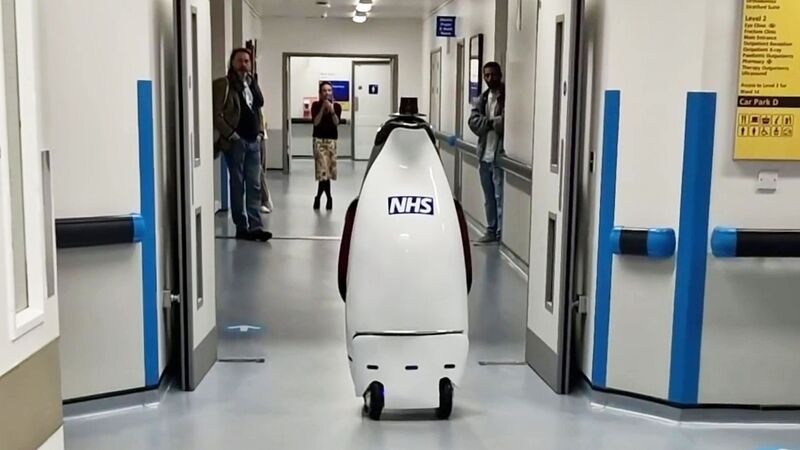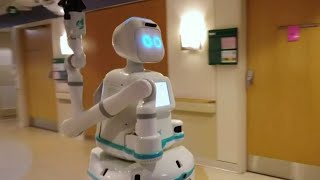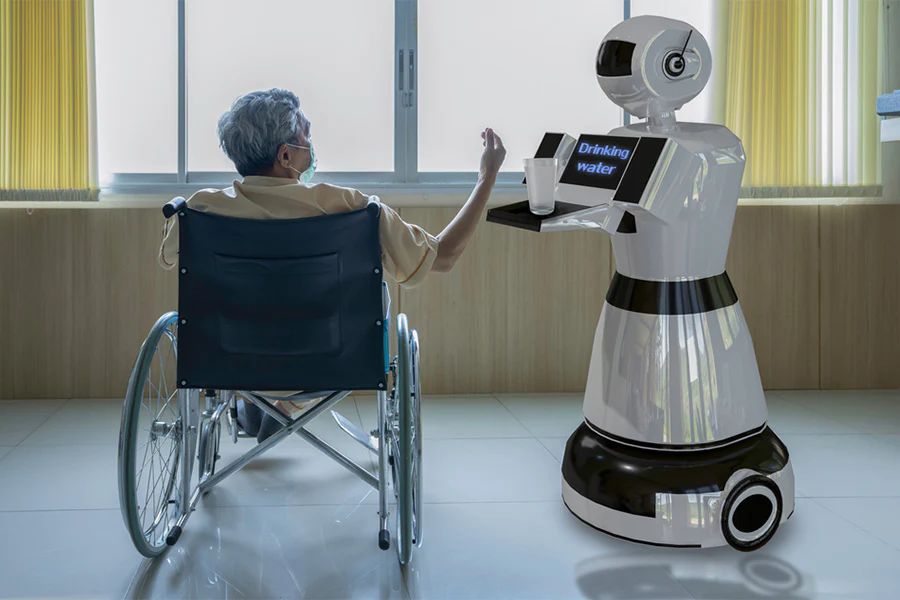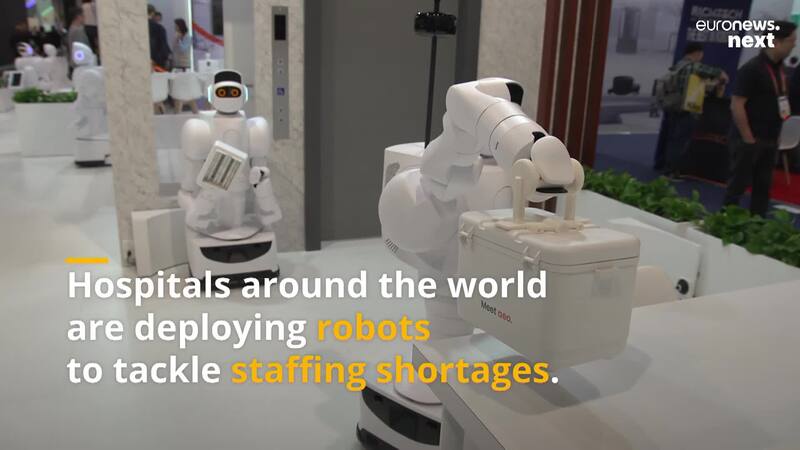- Home
- Magazines
-
Newsletters
- 19 July 2024
- 12 July 2024
- 5 July 2024
- 28 June 2024
- 14 June 2024
- 7 June 2024
- 31 May 2024
- 24 May 2024
- 17 May 2024
- 10 May 2024
- 3 May 2024
- 26 April 2024
- 19 April 2024
- 12 April 2024
- 22 March 2024
- 15 March 2024
- 8 March 2024
- 1 March 2024
- 23 February 2024
- 16 February 2024
- 9 February 2024
- 26 January 2024
- 19 January 2024
- 12 January 2024
- 22 December 2023
- 1 December 2023
- 24 November 2023
- 10 November 2023
- 3 November 2023
- 27 October 2023
- 20 October 2023
- 13 October 2023
- 6 October 2023
- 29 September 2023
- 22 September 2023
- 15 September 2023
- 8 September 2023
- 25 August 2023
- 18 August 2023
- 11 August 2023
- 4 August 2023
- 28 July 2023
- 21 July 2023
- 14 July 2023
- 7 July 2023
- 30 June 2023
- 23 June 2023
- 15 June 2023
- 2 June 2023
- 26 May 2023
- 19 May 2023
- 12 May 2023
- 5 May 2023
- 28 April 2023
- 21 April 2023
- 14 April 2023
- 6 April 2023
- 31 March 2023
- 24 March 2023
- 17 March 2023
- 10 March 2023
- 3 March 2023
- 24 February 2023
- 17 February 2023
- 10 February 2023
- 3 February 2023
- 27 January 2023
- 13 January 2023
- 22 December 2022
- 15 December 2022
- 9 December 2022
- 2 December 2022
- 25 November 2022
- 18 November 2022
- 11 November 2022
- 4 November 2022
- Advertising
- Subscribe
- Articles
-
Galleries
- AOSH Firexpo 2024
- Midvaal Fit to Fight Fire 2024
- WoF KNP 2023 Gallery
- TFA 2023 Gallery
- DMISA Conference 2023
- ETS 2023 Gallery
- Drager Fire Combat and Rescue Challenge 2023
- AOSH Firexpo 2023
- Midvaal Fit to Fight Fire
- WC IFFD 2023
- NMU 13th Fire Management Symposium 2022
- JOIFF Africa Conference 2022
- ETS 2022 Gallery
- TFA 2022 Gallery
- IFFD 2018
- SAESI
- TFA
- WRC 2018
- WRC 2019
- A-OSH/Securex
- IFE AGM 2019
- ETS Ind Fire Comp Nov 2019
- ETS Challenge 2021
- Drager launch
- Drager Fire Combat and Rescue Challenge 2022
- TFA
- Contact
- Home
- Magazines
-
Newsletters
- 19 July 2024
- 12 July 2024
- 5 July 2024
- 28 June 2024
- 14 June 2024
- 7 June 2024
- 31 May 2024
- 24 May 2024
- 17 May 2024
- 10 May 2024
- 3 May 2024
- 26 April 2024
- 19 April 2024
- 12 April 2024
- 22 March 2024
- 15 March 2024
- 8 March 2024
- 1 March 2024
- 23 February 2024
- 16 February 2024
- 9 February 2024
- 26 January 2024
- 19 January 2024
- 12 January 2024
- 22 December 2023
- 1 December 2023
- 24 November 2023
- 10 November 2023
- 3 November 2023
- 27 October 2023
- 20 October 2023
- 13 October 2023
- 6 October 2023
- 29 September 2023
- 22 September 2023
- 15 September 2023
- 8 September 2023
- 25 August 2023
- 18 August 2023
- 11 August 2023
- 4 August 2023
- 28 July 2023
- 21 July 2023
- 14 July 2023
- 7 July 2023
- 30 June 2023
- 23 June 2023
- 15 June 2023
- 2 June 2023
- 26 May 2023
- 19 May 2023
- 12 May 2023
- 5 May 2023
- 28 April 2023
- 21 April 2023
- 14 April 2023
- 6 April 2023
- 31 March 2023
- 24 March 2023
- 17 March 2023
- 10 March 2023
- 3 March 2023
- 24 February 2023
- 17 February 2023
- 10 February 2023
- 3 February 2023
- 27 January 2023
- 13 January 2023
- 22 December 2022
- 15 December 2022
- 9 December 2022
- 2 December 2022
- 25 November 2022
- 18 November 2022
- 11 November 2022
- 4 November 2022
- Advertising
- Subscribe
- Articles
-
Galleries
- AOSH Firexpo 2024
- Midvaal Fit to Fight Fire 2024
- WoF KNP 2023 Gallery
- TFA 2023 Gallery
- DMISA Conference 2023
- ETS 2023 Gallery
- Drager Fire Combat and Rescue Challenge 2023
- AOSH Firexpo 2023
- Midvaal Fit to Fight Fire
- WC IFFD 2023
- NMU 13th Fire Management Symposium 2022
- JOIFF Africa Conference 2022
- ETS 2022 Gallery
- TFA 2022 Gallery
- IFFD 2018
- SAESI
- TFA
- WRC 2018
- WRC 2019
- A-OSH/Securex
- IFE AGM 2019
- ETS Ind Fire Comp Nov 2019
- ETS Challenge 2021
- Drager launch
- Drager Fire Combat and Rescue Challenge 2022
- TFA
- Contact
|
17 February 2023
|
Technology: Nursing shortages: Helper robots are being deployed to ease the burden on overworked hospital staff
Amid historic strikes and a vacancy rate of almost 10 percent in the country's healthcare sector, the UK’s National Health Service (NHS) is looking into deploying helper robots at the country’s hospitals to help ease the burden on staff. According to Joe Harrison, Chief Executive of Milton Keynes University Hospital NHS Foundation Trust, pharmacy technicians and runners at his hospital make about 30 000 steps a day within the facility. The hospital is now testing out a helper bot to delegate chores, such as medicine delivery.
The Milton
The British firm behind the robot, the Academy of Robotics, says its self-driving technology was designed specifically for hospital use, with LiDAR and sonar tech used to help the penguin-looking "Milton" deliver medicine along specific routes. The trials for this feature are expected to begin this year, with feedback from the trial to decide whether to scale up across the NHS and introduce it to other hospitals around the country by 2023.
The CEO of the Academy of Robotics, William Sachiti, says robots like “Milton” will save time and cost for human staff, as one of the biggest problems in hospitals is "To-Take-Out (TTO)," where patients have been discharged but are waiting for their medicine.
Sometimes, it can be a 15-minute walk to get the medicine, with 30 patients waiting simultaneously. Sachiti believes robots like "Milton" can help safely deliver while humans focus on patients.
Hospitals worldwide are exploring using robot assistants to address the global issue of short staffing in the healthcare sector.
The Moxi
At Elmhurst Memorial Hospital in Chicago, two 5-foot-tall robots named "Moxi" have been running errands since June 2022. Equipped with a digital screen on the chest and an ID badge to open doors implanted in the robotic arm, they can do as much work as six human staff members.
According to the hospital, the two robots have made 1,800 deliveries each month, traveling nearly 1 600 km and saving hospital staff over two million steps. The developer, Texas-based company Diligent Robotics, says more hospitals across the country are waiting to test "Moxi."
The Aeo
In East Asia, Aeolus Robotics’s “Aeo” has been helping relieve the burden of nurses and runners at hospitals in Japan, Hong Kong, and Taiwan. The robot can drive up to 1m/s and lift to 4kg with one of its robotic arms, and with its newly-launched features, including an infrared camera, it can operate in full darkness.
The CEO of Aeolus Robotics, Dan Haddick, believes this will allow "Aeo" to take a load off of night shift staff, as it can go check on residents, make deliveries overnight, and work all night in the dark.
The Aim
It is important to note that the robotics companies and the hospitals testing the robots all agree that these robots are not meant to replace human staff. Diane Butts, Clinical Manager of surgical oncology at Elmhurst Memorial, says that robots are not relied upon to interact with patients and that this is still the privilege and honor of human staff.
Sachiti says that robots are there to be tools to help people do their jobs and that the best machines should be there when needed and out of the way when not.
The deployment of helper robots in hospitals worldwide aims to address the issue of short staffing in the healthcare sector and relieve the burden on overworked hospital staff. The robots are designed to take care of tasks like medicine delivery and running errands, saving time and costs for human staff and allowing them to focus on patients.
Source: DMoose, Euro News
The Milton
The British firm behind the robot, the Academy of Robotics, says its self-driving technology was designed specifically for hospital use, with LiDAR and sonar tech used to help the penguin-looking "Milton" deliver medicine along specific routes. The trials for this feature are expected to begin this year, with feedback from the trial to decide whether to scale up across the NHS and introduce it to other hospitals around the country by 2023.
The CEO of the Academy of Robotics, William Sachiti, says robots like “Milton” will save time and cost for human staff, as one of the biggest problems in hospitals is "To-Take-Out (TTO)," where patients have been discharged but are waiting for their medicine.
Sometimes, it can be a 15-minute walk to get the medicine, with 30 patients waiting simultaneously. Sachiti believes robots like "Milton" can help safely deliver while humans focus on patients.
Hospitals worldwide are exploring using robot assistants to address the global issue of short staffing in the healthcare sector.
The Moxi
At Elmhurst Memorial Hospital in Chicago, two 5-foot-tall robots named "Moxi" have been running errands since June 2022. Equipped with a digital screen on the chest and an ID badge to open doors implanted in the robotic arm, they can do as much work as six human staff members.
According to the hospital, the two robots have made 1,800 deliveries each month, traveling nearly 1 600 km and saving hospital staff over two million steps. The developer, Texas-based company Diligent Robotics, says more hospitals across the country are waiting to test "Moxi."
The Aeo
In East Asia, Aeolus Robotics’s “Aeo” has been helping relieve the burden of nurses and runners at hospitals in Japan, Hong Kong, and Taiwan. The robot can drive up to 1m/s and lift to 4kg with one of its robotic arms, and with its newly-launched features, including an infrared camera, it can operate in full darkness.
The CEO of Aeolus Robotics, Dan Haddick, believes this will allow "Aeo" to take a load off of night shift staff, as it can go check on residents, make deliveries overnight, and work all night in the dark.
The Aim
It is important to note that the robotics companies and the hospitals testing the robots all agree that these robots are not meant to replace human staff. Diane Butts, Clinical Manager of surgical oncology at Elmhurst Memorial, says that robots are not relied upon to interact with patients and that this is still the privilege and honor of human staff.
Sachiti says that robots are there to be tools to help people do their jobs and that the best machines should be there when needed and out of the way when not.
The deployment of helper robots in hospitals worldwide aims to address the issue of short staffing in the healthcare sector and relieve the burden on overworked hospital staff. The robots are designed to take care of tasks like medicine delivery and running errands, saving time and costs for human staff and allowing them to focus on patients.
Source: DMoose, Euro News
Quick navigation
Social
|
Who are we?FRI Media (Pty) Ltd is an independent publisher of technical magazines including the well-read and respected Fire and Rescue International, its weekly FRI Newsletter and the Disaster Management Journal. We also offer a complete marketing and publishing package, which include design, printing and corporate wear and gifts. |
Weekly FRI Newsletter |
© Copyright 2018 Fire and Rescue International. All Rights Reserved.








